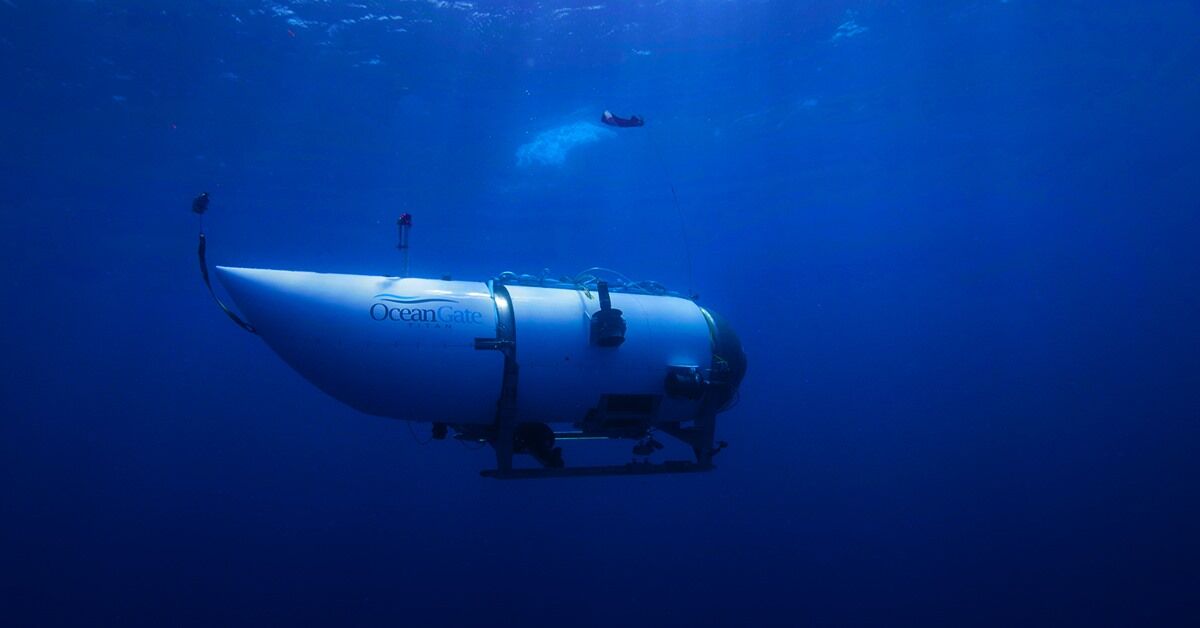Mysterious vanishing act: Search for Titan submarine en route to explore Titanic wreckage intensifies in North Atlantic Ocean

Search and rescue teams continue the relentless hunt across the vast North Atlantic Ocean to locate the Titan submarine, which mysteriously vanished on Sunday while en route to explore the wreckage of the legendary Titanic.
OceanGate Expeditions, the company entrusted with overseeing the submarine expedition, announced on Sunday, June 18, that the United States Coast Guard had lost all contact with the Titan approximately one hour and 45 minutes after it set sail.
Five individuals were aboard the vessel, including one pilot, one specialist, and three passengers. Notably, among them was the esteemed British entrepreneur and explorer, Hamish Harding. The identities of the remaining passengers have yet to be disclosed.
As detailed in the report, the ambitious voyage to explore the Titanic’s remnants was anticipated to span eight days. Each participant paid US$250,000 (8.7 million baht) for the privilege of embarking on this historic journey.
Departing from the shores of St. John’s in Newfoundland, Canada, the submarine charted a perilous course of 700 kilometres toward the site of the shipwreck. Once reaching the destination, the intrepid vessel was scheduled to descend over 3,800 metres beneath the ocean’s surface, allowing for two hours of close-range observation of the wreckage.
The head of the rescue team, in an address to the press, divulged that the Titan boasts an imposing weight of 10.4 tons. Additionally, the submarine carries an ample oxygen supply capable of sustaining the passengers for four days. It is currently estimated that there remains approximately 60 hours, or roughly three days, of oxygen reserve at their disposal.
In a tireless endeavour to locate the lost submarine, two aircraft, a submarine itself, and a state-of-the-art sonar buoy have been deployed. Regrettably, the valiant efforts of the rescue teams have yet to yield success in locating the elusive vessel.
The ill-fated Titanic, an opulent British passenger liner, met a tragic end during its maiden voyage from Southampton, England to New York on April 15, 1912. With over 2,200 passengers and crew members on board, disaster struck four days into the journey, on the fateful night of April 14, when the colossal vessel collided with an iceberg in the treacherous waters of the North Atlantic Ocean. The resulting damage to the ship’s hull proved catastrophic, ultimately leading to its fateful descent into the depths.
Tragically, more than 1,500 lives were lost in this maritime catastrophe, cementing it as one of the deadliest accidents in nautical history. Multiple expeditions have since been conducted to investigate and document the remains of the ship, contributing invaluable insights into this tragic event, since the wreckage’s discovery in 1985.


Latest Thailand News
Follow The Thaiger on Google News:


























